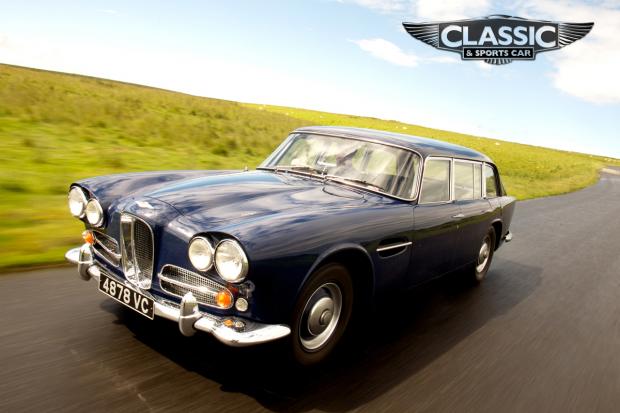
For Lagonda fan Jonathan Radgick, the perfect practical classic was obvious – all he had to do was build one, says Martin Buckley.
For many of us, the fantasy classic estate car or shooting brake is the one they never got around to making at the time. Desirable ‘period’ wagons with power and presence are few and far between. In fact, outside of a few coachbuilt Zephyrs and Super Snipes, your luxury estate car horizons don’t begin to expand until well into the 1970s when they became part of the fully catalogued mainstream.
When looking for a car to transport his dog four years ago, Aston enthusiast Jonathan Radgick faced just such a dilemma. “I’ve always liked the Lagonda Rapide and have a friend who had one for many years,” says Radgick. “We used to discuss what would be the best car to take the dogs away with you, but I knew that all the old ‘woodies’ were just too slow and agricultural, and when you go back to the big Fords and Humbers of the ’60s you realise how unrefined they are for everyday use. But then it struck me. The best thing to do would be to take a Lagonda Rapide and turn it into an estate!”

Radgick realised that some people might not be very comfortable with the idea of putting such a rarity under the knife: “They only made 55 of them so you think twice about ‘vandalising’ one. But, having said that, they don’t have a particularly high value, they are not really appreciated and the survival rate is high [around 90%].”








